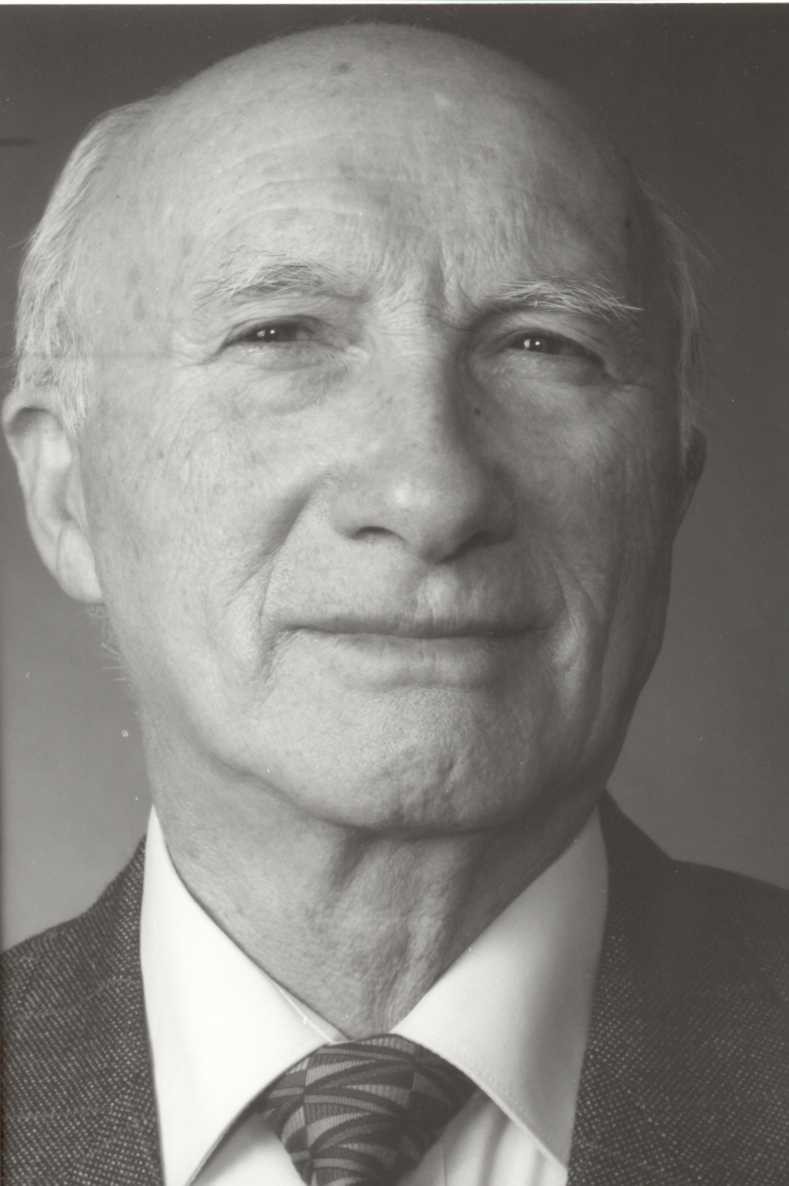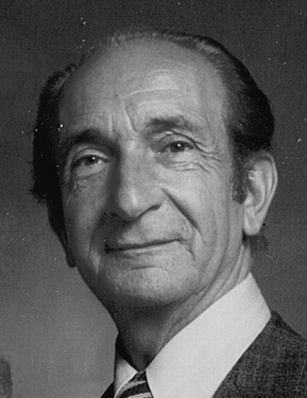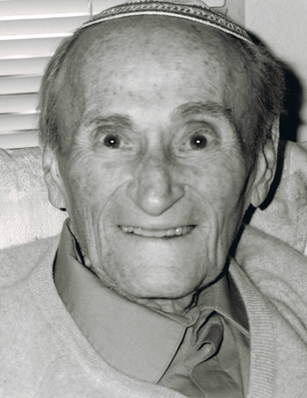Experience: Ebensee

|

|

|
|
|
|
A sub-camp of the Mauthausen concentration camp, located in Upper Austria. Established in November 1943 to house inmates forced to build a tunnel system in the side of a mountain that would eventually contain a rocket research factory.
Altogether, about 11,000 prisoners died at Ebensee.
PART OF THE SUBCAMP SYSTEM
As early as 1937, the Nazis increasingly exploited the forced labor of so-called “enemies of the state” for economic gain and to meet desperate labor shortages. After the SS Economic-Administration Main Office assumed control of the Inspectorate of Concentration Camps and the camp system in March 1942, the SS established hundreds of subcamps throughout the so-called Greater German Reich. Subordinate to the main concentration camps, these subcamps were generally located in the vicinity of factories, stone quarries, and mines, in which SS labor allocation officers deployed prisoners transferred from the main camp. Between 1940 and 1945, the SS authorities established nearly 50 subcamps in the Mauthausen concentration camp system, most of them in 1943 and 1944.
MORE DEATHS FROM INHUMANE TREATMENT THAN AT OTHER CAMPS
Most of the prisoners came to Ebensee from the main camp at Mauthausen or from its other sub-camps. At its peak, Ebensee held 18,437 prisoners. The first Jews arrived at Ebensee in early June 1944. They were subjected to extremely cruel treatment, and as a result, their mortality rate was much higher than that of the rest of the camp population. By April 1945 the overcrowding was so bad at Ebensee that more prisoners died daily than could be handled by the crematorium. That month, 4,547 prisoners out of a total population of 16,000 perished.
FINAL ACT OF DEFIANCE SAVES LIVES
On April 30 the Nazis released most of the German prisoners from Ebensee and halted all forced labor. On May 5 the camp commandant tried to get the remaining prisoners to enter one of the mountain tunnels; they refused, and the camp staff left. On May 6 American troops liberated Ebensee and found that same mountain tunnel full of explosives. By refusing to enter the tunnel, the prisoners had saved themselves from being blown up by the Germans.
Photos from Yad Vashem.
Contact us
thank you!
Your application is successfuly submited. We will contact you as soon as possible
thank you!
Your application is successfuly submited. Check your inbox for future updates.